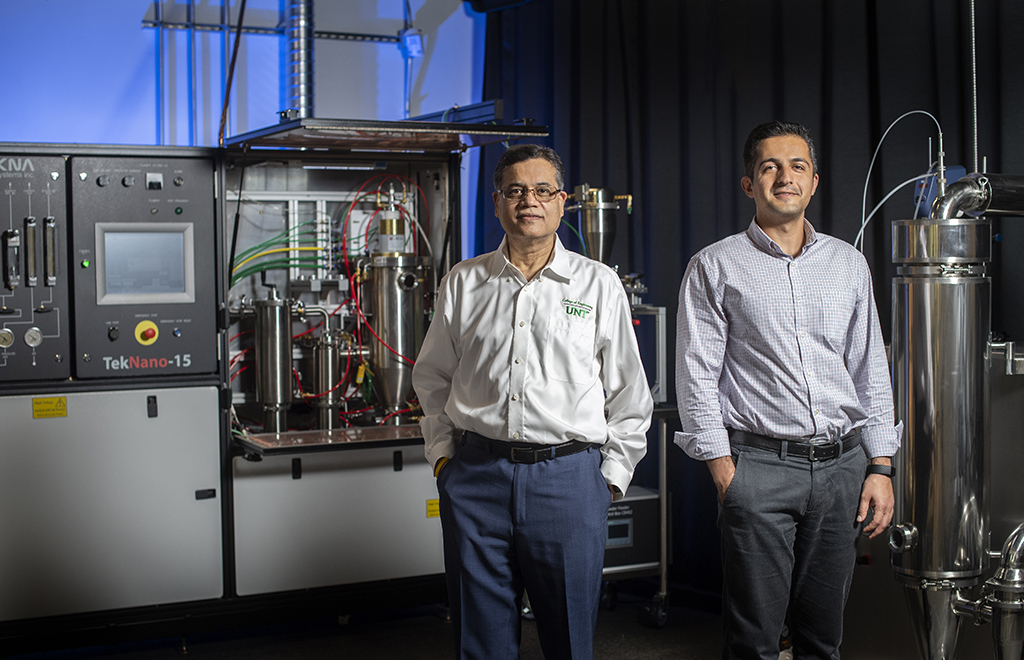
Department of Materials Science and Engineering Assistant Professor Aidin Imandoust and University Distinguished Research Professor Rajiv Mishra are creating a tungsten-based alloy that could be used for protective linings in nuclear fusion reactors and other nuclear applications.
The research is part of a NASA Cooperative Agreement Notice (CAN), which provides $90,000 in funding and a one-to-one match from the university. It also requires research support from NASA scientists.
Research around nuclear reactors, and methods for protecting against plasma radiation, are becoming increasingly more important as the desire for space travel surges. Imandoust and Mishra are designing a tungsten-based alloy specifically for laser-based additive manufacturing technologies, which can withstand high temperatures when shielding the reactor from the plasma created during fusion. This new material, and the way it is manufactured, is poised to eliminate manufacturing hurdles for tungsten products and accelerate their full adoption in nuclear industry.
“By creating a tungsten alloy with superior high temperature performance and good 3D printing characteristics, we’re able to exploit this material’s unique characteristics to create a newer, better, and possibly more affordable product,” said Imandoust.
The researchers will use the additive manufacturing capabilities in UNT’s Center for Agile and Adaptive Additive Manufacturing (CAAAM) to 3D print the alloy and use the Materials Research Facility to characterize them.
“For this project, we’ll be able to use powder manufacturing facilities in CAAAM, which is a very unique capability found in very few places in the country. Not many institutions have this capability, and it truly distinguishes UNT from the other institutions,” said Imandoust. “We have the tools and the right skillset to tackle the research.”
